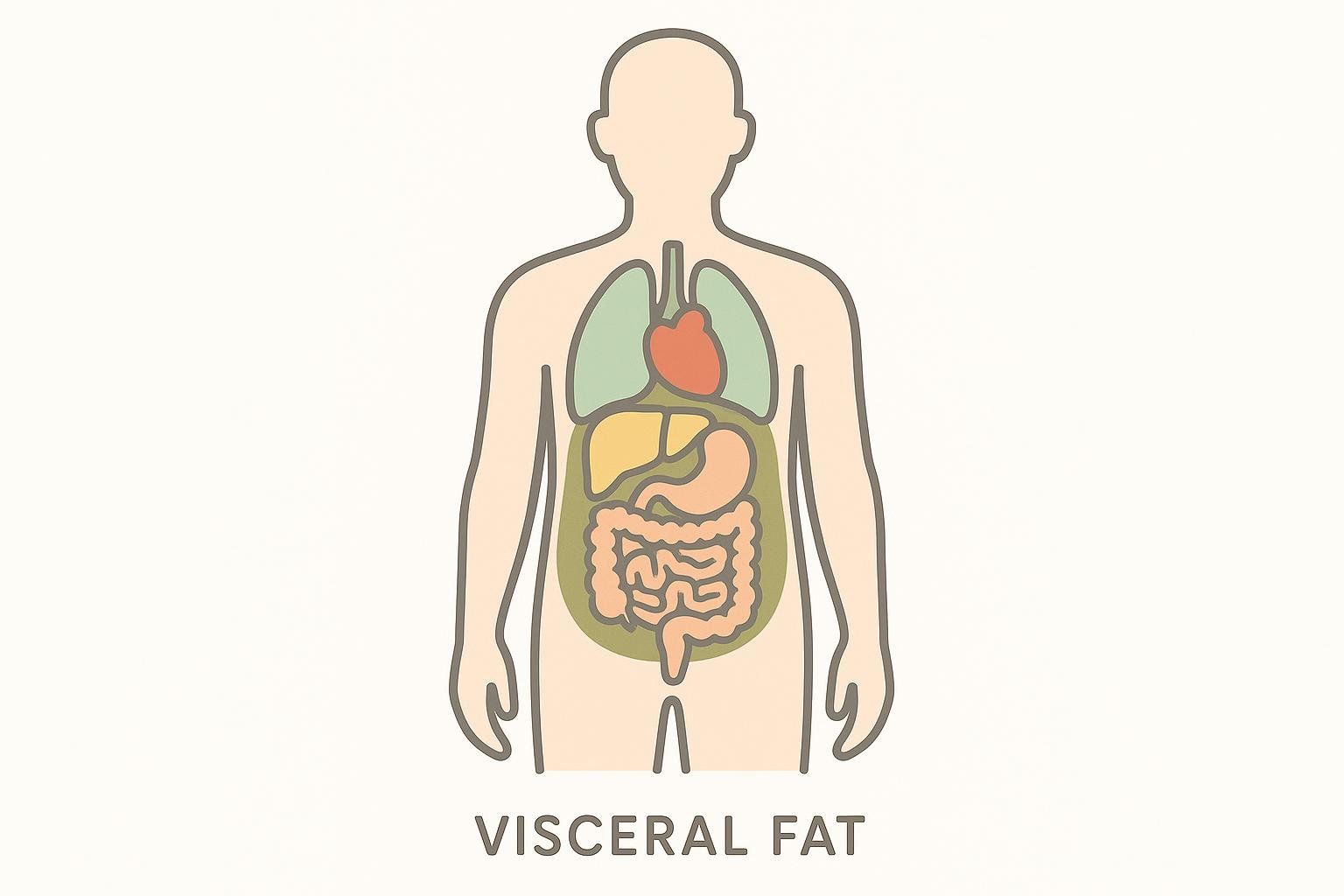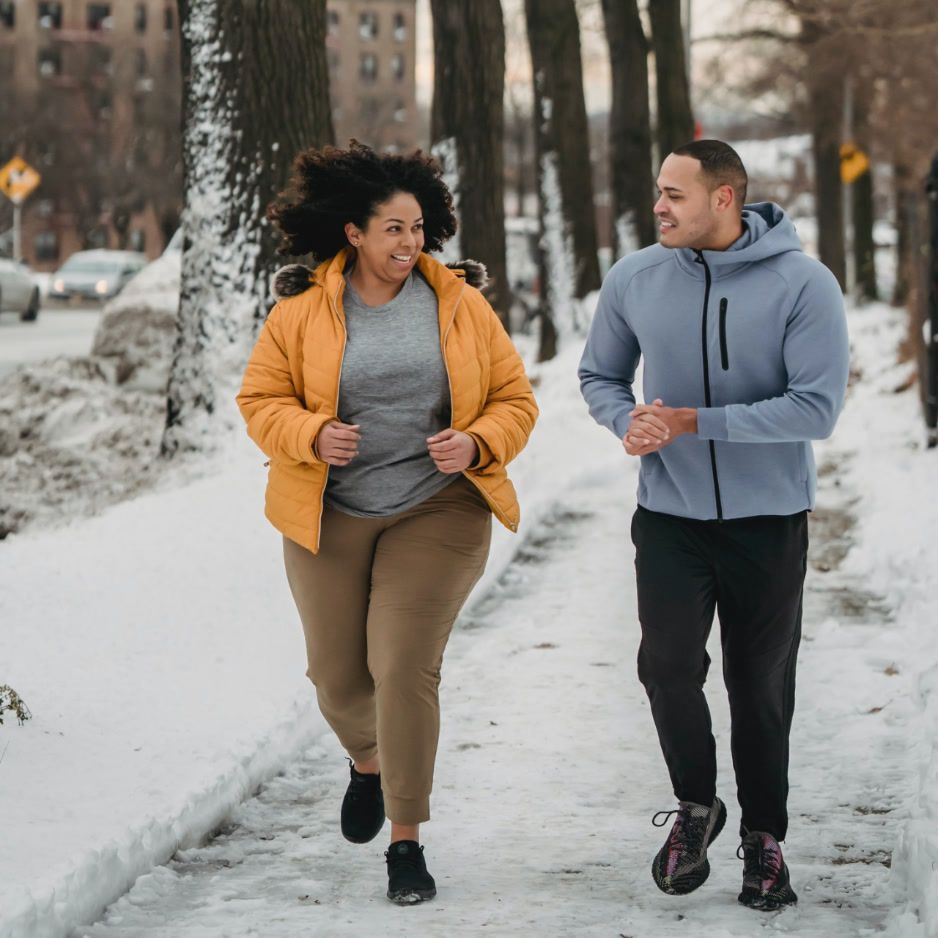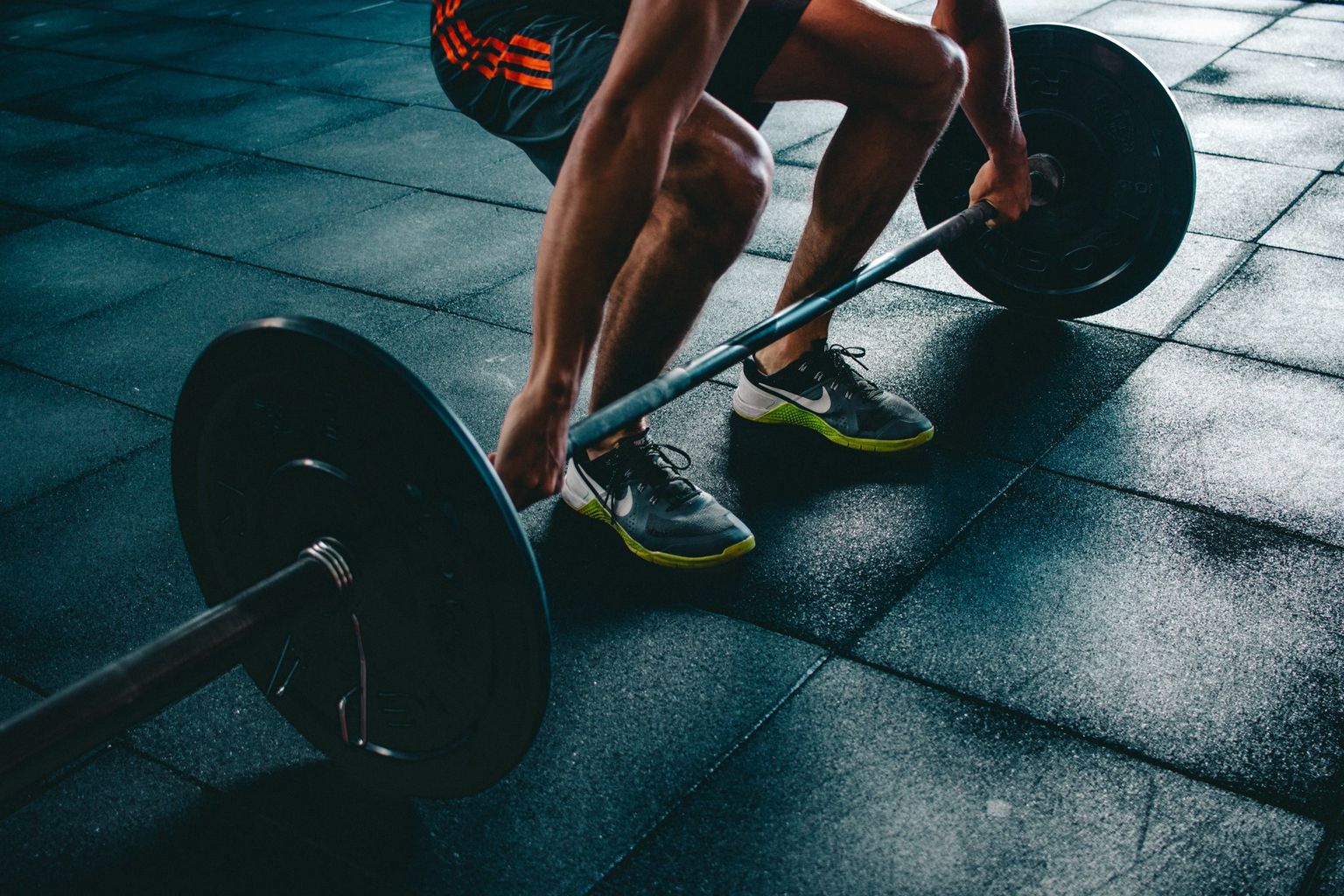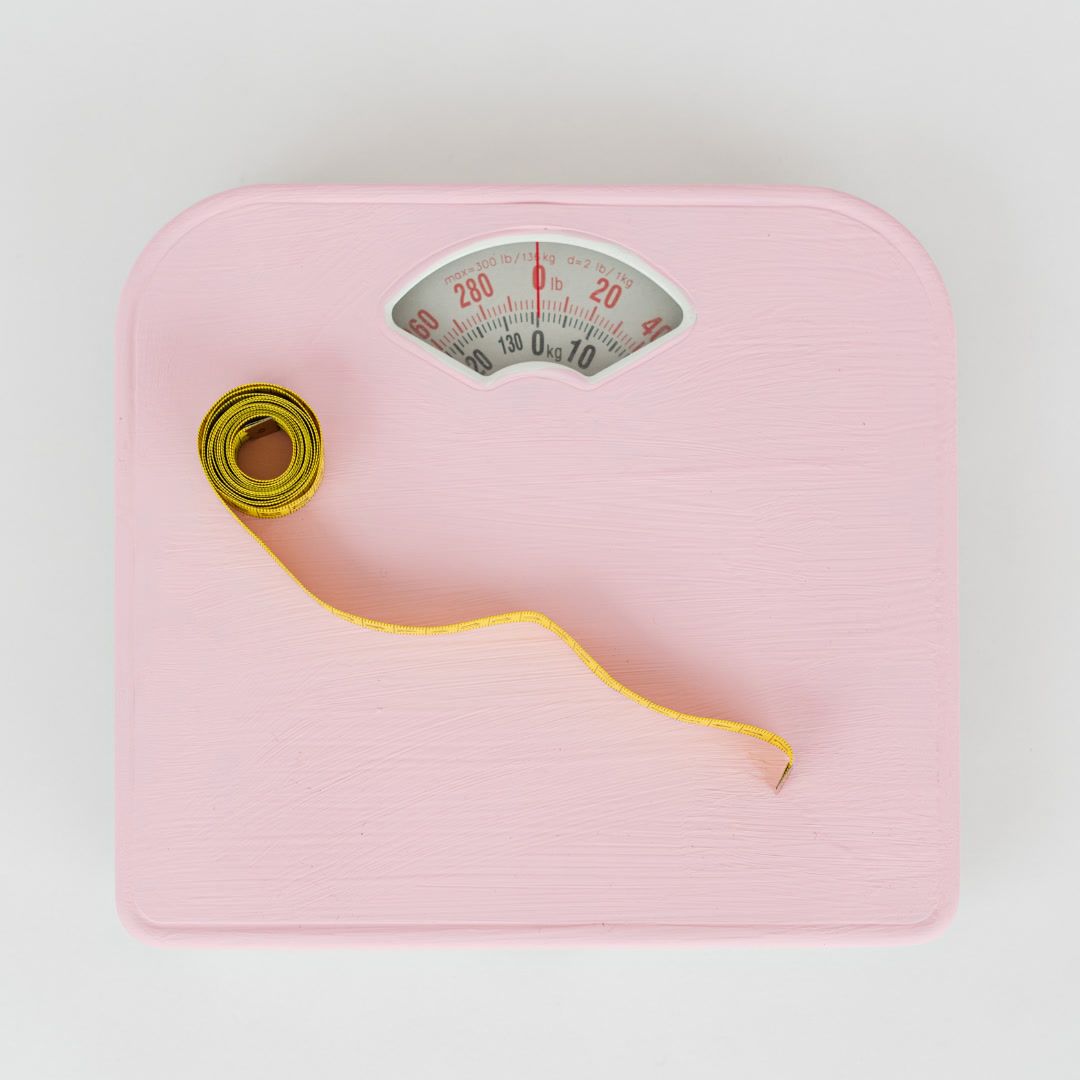Night Sweats: Causes, Concerns & Management

Night Sweats: Causes, Concerns & How to Manage Them
Waking up drenched can be alarming, but true night sweats—episodes of perspiration that soak your sleepwear and linens even in a cool room—are a common medical complaint. They occur when the body’s temperature-control system becomes dysregulated, and triggers range from spicy food to serious infections.
This guide covers the common causes of night sweats, strategies for managing them, and guidance on when to consult a healthcare provider.
What Causes Night Sweats?
Pinpointing a single culprit is challenging because many factors can disrupt the body's thermoregulation. The most frequent causes include:
Hormonal Fluctuations
- Menopause & Perimenopause – Falling estrogen can confuse the hypothalamus, triggering hot flashes and nocturnal sweats. According to Johns Hopkins Medicine, about 75 percent of women experience hot flashes during the menopausal transition.
- Low Testosterone (Andropause) – Men with hypogonadism often report night sweats, fatigue, and mood changes.
- Overactive Thyroid (Hyperthyroidism) – Excess thyroid hormone speeds up metabolism, raising core temperature and sweat production.
- Pregnancy & Postpartum – Rapid hormone shifts—especially falling progesterone—can cause temporary sweats.
Medical Conditions & Infections
- Infections – Fevers from illnesses like tuberculosis, HIV, or endocarditis commonly cause significant night sweats.
- Cancers – Lymphomas and leukemias list drenching night sweats among their “B-symptoms.”
- Sleep Apnea – The Sleep Foundation notes that repeated oxygen drops activate the sympathetic nervous system, prompting sweating episodes.
- Neurological Disorders – Conditions such as stroke or autonomic neuropathy can disrupt temperature regulation.
- Hypoglycemia – Low blood sugar (often in people with diabetes) triggers adrenaline release and sweating.
Medications
Many common drugs list night sweats as a side effect:

| Drug Class | Examples | Why It Happens |
|---|---|---|
| Antidepressants | SSRIs, tricyclics | Alter serotonin pathways that affect temperature |
| Hormone therapy | Tamoxifen, aromatase inhibitors | Blocks or lowers estrogen, disrupting the body’s thermostat |
| Blood-sugar–lowering meds | Insulin, sulfonylureas | Can cause nocturnal hypoglycemia |
| Steroids | Prednisone | Influences metabolism and sweat glands |
Lifestyle & Environmental Triggers

- Stress or Anxiety – Elevated cortisol and adrenaline can increase sweat production.
- Alcohol, Caffeine & Spicy Foods – Consuming these close to bedtime can raise heart rate or core temperature and trigger night sweats, according to Healthdirect.
- Warm Bedroom or Heavy Bedding – A cooler sleep environment—such as lowering the bedroom thermostat or switching to lighter bedding—can mitigate sweating episodes.
When Should You See a Doctor?
Book an appointment if night sweats:
- Disrupt your sleep regularly
- Occur alongside fever, unexplained weight loss, or swollen lymph nodes
- Persist despite adjustments to your sleep environment
These red flags mirror guidance from the Mayo Clinic.
Actionable Tips to Stay Cool
Optimize Your Sleep Environment

- Cool Room (60–67 °F / 15–19 °C): Lower the thermostat or use a fan.
- Breathable Bedding: Choose cotton, linen, or moisture-wicking fabrics.
- Light Pajamas: Loose, natural fibers help heat escape.
Adjust Daily Habits
- Time Your Workouts: The Sleep Foundation advises finishing vigorous exercise at least three hours before bed. Intense activity raises core body temperature and can delay sleep onset.
- Limit Evening Triggers: Skip late-night alcohol, espresso, or spicy foods.
- Stress Management: Box breathing (inhale for four seconds, hold for four, exhale for four, hold for four) or a pre-sleep meditation app can help calm the nervous system. The Cleveland Clinic reports that controlled breathing techniques lower cortisol and blood pressure.
For more strategies, explore our guide to sleep hygiene best practices.
The Body Composition Connection

Excess visceral fat is linked to metabolic syndrome and obstructive sleep apnea—both of which can contribute to night sweats. Evidence shows that visceral fat predicts metabolic risk independent of body weight, and visceral adiposity is connected to OSA, especially in men.
A DEXA scan quantifies visceral fat, lean mass, and bone density. Periodic assessments provide objective data on whether lifestyle changes are improving metabolic health.
For individuals navigating menopause, the same scan highlights changes in bone and muscle that coincide with hormonal shifts. See our deep dive on menopause metabolism.
Key Takeaways
While disruptive, night sweats are often manageable through lifestyle adjustments and medical guidance. Start with simple bedroom tweaks and habit changes. If the problem persists—or you notice red-flag symptoms—partner with your healthcare provider for testing and targeted treatment.
Understanding these signals is the first step toward reclaiming restful, sweat-free sleep.


